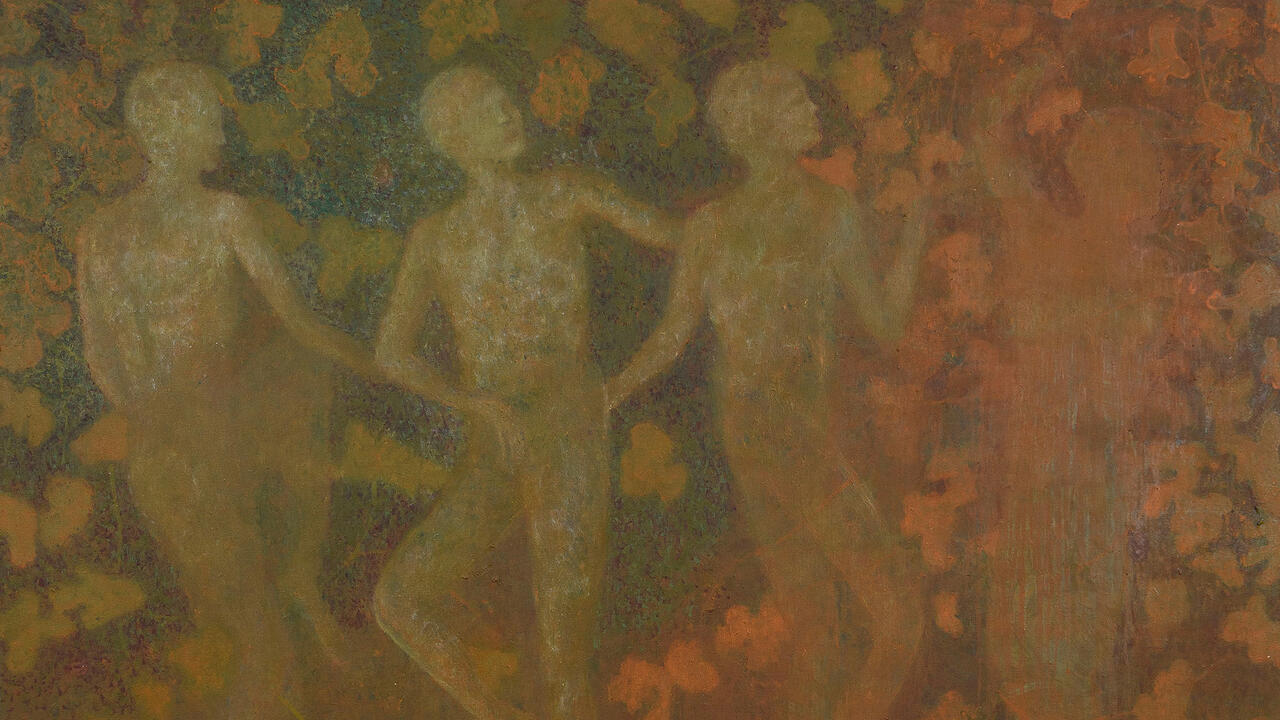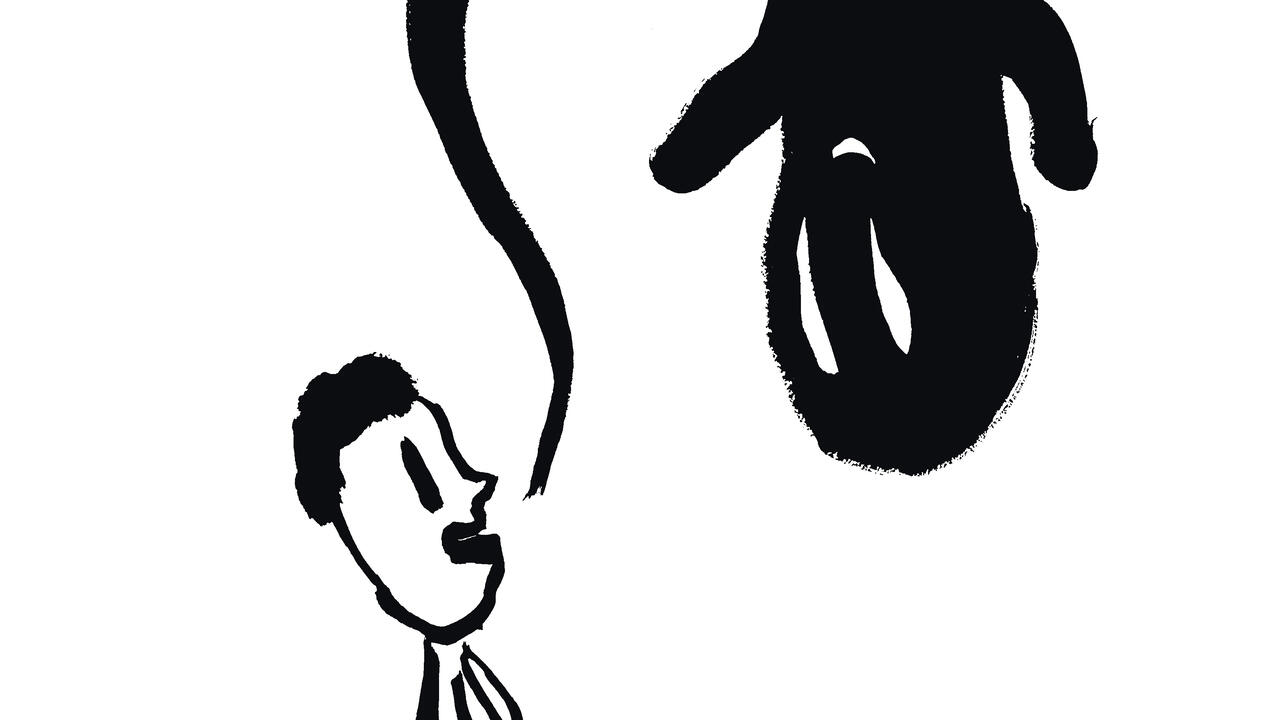The New Breed of Artist Exploring Society’s Digital Consciousness
A 20-artist group show at MAXXI Gallery, Rome, draws lines between surrealism, computer simulation and new forms of algorithmic intelligence
A 20-artist group show at MAXXI Gallery, Rome, draws lines between surrealism, computer simulation and new forms of algorithmic intelligence

In ‘Low Form’ – the latest in a global swathe of exhibitions reflecting on the hype cycle of artificial intelligence – curator Bartolemeo Pietromarchi draws convincing affiliations between surrealism, computer simulation and new forms of algorithmic intelligence. Comprising works by 20 international artists, including many – such as Zach Blas, Ian Cheng, Cécile B. Evans, Trevor Paglen and Jon Rafman – who regularly appear in exhibitions on this subject, the show casts some new perspectives on the well-rehearsed themes of mediated digital vision and technological consciousness. In fact, Pietromarchi specifically selected artists from a certain demographic to reflect the critical distance of the millennial mindset: this is a more seasoned grouping than some exhibitions on the circuit saturated by Gen-Zers.
In her text for the accompanying exhibition catalogue, Nora Khan acknowledges the link between artists’ approaches to visualizing neural networks and the surrealist practice of associative thinking by tracing the familiar path from fluxus and Oulipo through the experiments of John Cage, Tony Conrad and Alison Knowles to the post-human and software-based practices represented in ‘Low Form’. Khan suggests that this new breed of artists is reimaging the ‘demands and expectations we should make on our software and hardware’.

Anna Uddenberg’s installation Pockets Obese (2017) is a vision of high-luxe fetish. Part pastel Athleisure-wear, part sex swing, part first-class airline seat, the sculpture nods towards the surrealist celebration of desire through the uncanny, but more accurately reflects the late theorist Mark Fisher’s contemporary, media-driven descriptors from his book The Weird and the Eerie (2016). Pockets Obese embodies these unsettling qualities spawned from our algorithmic-generated condition of social-media influencer culture, embedded porn search systems and crowd-sourced fantasy. Firmly lodged in the post-human condition, Uddenberg presents us with a vision of sexuality after singularity.
Zach Blas and Jemima Wyman’s installation im here to learn so :)))))) (2017) also exposes a state of female algorithmic entrapment. Resurrecting the infamous AI chatbot Tay – designed by Microsoft and brutally sabotaged on social media within hours of her release, as she morphed into a homophobic, misogynist, racist, neo-Nazi entity – here Tay is recoded as a 3D avatar immersed within a large-scale video projection of a Google DeepDream. She is now a self-possessed character generated from a ‘psychedelia’ of data as she reflects on life after AI death, musing on the challenges of inhabiting a physical body and the predicament of female chatbots.

The exhibition offers a range of interpretations of our increasingly hybrid and simulated condition, including the beautifully fragile, biotechnology-infused sculptures of Luca Trevisani which question the limits of simulating the organic. Pakui Hardware’s NASA-inspired bio-hack assemblages deep dive into probing the physical and psychological boundaries of matter, undermining artificiality and teasing out the human qualities in automatic processes.
The common riff running throughout ‘Low Form’ of algorithmic consciousness is reflected in a new commission by Jon Rafman, Shadowbanned: Punctured Sky (2018). Rafman’s strategy of scanning darkly – plumbing the depths of the dark web for isolated subcultures – points towards our waning material reality as we live our most profound experiences in virtual space. The obsession with consuming and being consumed by digital detritus is woven throughout the mashed up, frantic imagery of Shadowbanned. Here, the surrealist mindset of continuous distraction plays out as Rafman asks how we have created algorithms that dominate our every waking hour and impulse.
‘Low Form’ is not intended to present a techno-positivist view of our AI-dominated present or near future. Rather, it leaves us with an unsettling, eerie vision of our maturing digital consciousness – leaking unseen glitches, biases and irregularities into our new sim-reality.
‘Low Form. Imaginaries and Visions in the Age of Artificial Intelligence’ runs at MAXXI, Rome until 24 February 2019.
Main image: Jon Rafman, SHADOWBANNED: Punctured Sky, 2018, HD video still. Courtesy: the artist




















